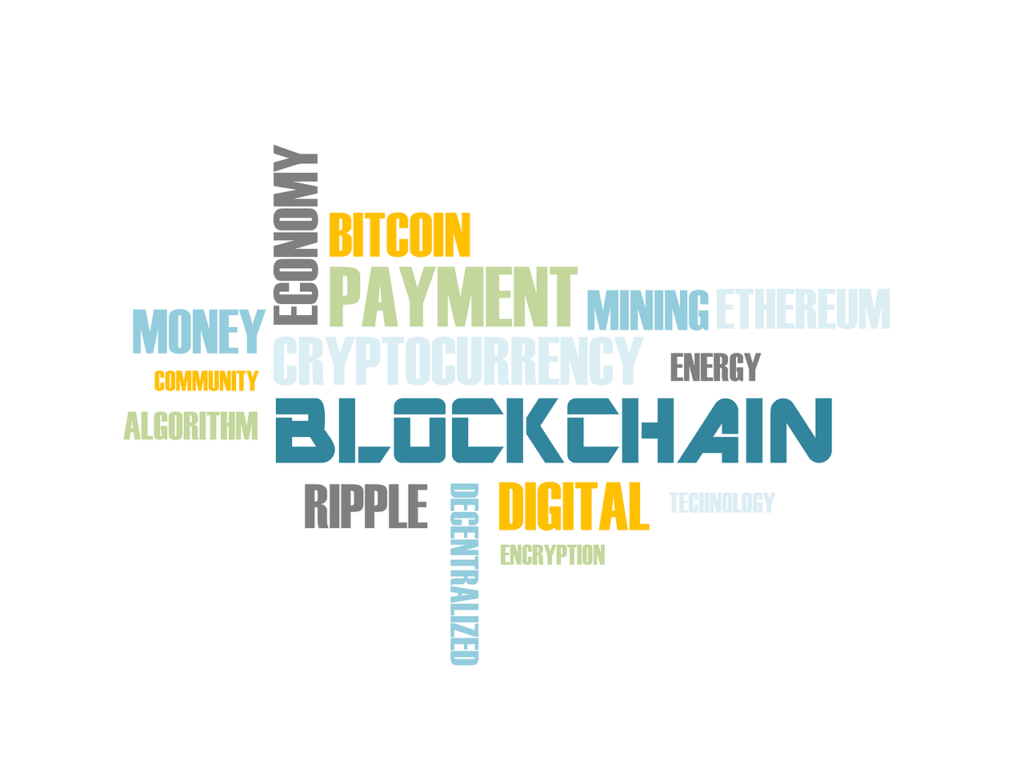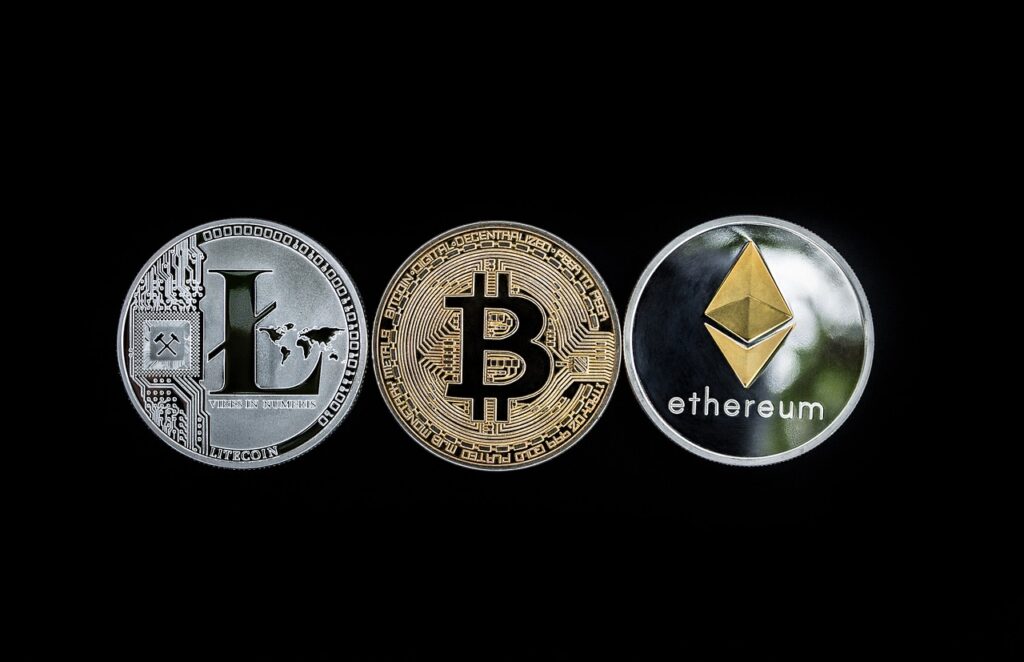
Blockchain is a decentralized and distributed ledger technology that records transactions across a network of computers in a secure and transparent manner. Each block in the chain contains a timestamp, a reference to the previous block, and a list of transactions. Once a block is added to the chain, it cannot be altered, ensuring the integrity of the data. Blockchain is not limited to cryptocurrencies; it has applications in various industries for creating secure, tamper-resistant systems with increased transparency and efficiency.

The Birth of Blockchain Technology
Blockchain technology emerged with the introduction of Bitcoin in 2009 by an unknown person or group using the pseudonym Satoshi Nakamoto. Nakamoto’s whitepaper, titled “Bitcoin: A Peer-to-Peer Electronic Cash System,” outlined the concept of a decentralized, trustless, and secure system for conducting peer-to-peer transactions without the need for intermediaries.
The key innovation was the use of a distributed ledger, or blockchain, to record all Bitcoin transactions. Each block in the chain contains a timestamp and a reference to the previous block, creating a chronological and tamper-resistant record of transactions.
While Bitcoin was the first application of blockchain, the technology’s potential expanded beyond cryptocurrencies. Ethereum, introduced in 2015, further advanced blockchain by introducing smart contracts, enabling programmable and self-executing agreements on the blockchain. Since then, blockchain technology has gained significant attention and has been adopted across various industries for its potential to provide secure, transparent, and decentralized solutions.
What’s Crypto Currency?


Cryptocurrency is a digital or virtual form of currency that uses cryptography for security. It operates on decentralized networks based on blockchain technology, which is a distributed ledger that records all transactions across a network of computers. Examples of cryptocurrencies include Bitcoin, Ethereum, and Litecoin. They enable secure and transparent peer-to-peer transactions without the need for intermediaries like banks.
What other Industries is Blockchain used in?

Blockchain technology is utilized across various industries for its secure, transparent, and decentralized features. Some industries include:
1. Supply Chain Management: Enhances traceability and transparency in supply chains, reducing fraud and errors.
2. Finance: Used for secure and transparent transactions, smart contracts, and improving financial inclusion.
3. Healthcare: Facilitates secure sharing of patient records, drug traceability, and managing healthcare data.
4. Real Estate: Streamlines property transactions, reduces fraud, and improves transparency in real estate dealings.
5. Government: Applied for secure and transparent voting systems, identity verification, and public record management.
6. Energy: Improves transparency in energy trading, tracks renewable energy production, and ensures efficient energy distribution.
7. Legal: Facilitates smart contracts, ensures transparent legal processes, and enhances the authenticity of legal documents.
8. Education: Used for secure storage of academic credentials and transparent verification processes.
9. Entertainment: Ensures transparent royalty payments, protects intellectual property, and reduces piracy.
10. Insurance: Facilitates transparent and efficient claims processing, fraud prevention, and risk management.
These are just a few examples, and the potential applications of blockchain continue to expand as the technology evolves.
Potential applications of Blockchain in the future
The future holds vast potential for Blockchain Technology across numerous applications. Some potential areas of growth include:
1. Decentralized Finance (DeFi): Expanding financial services like lending, borrowing, and trading without traditional intermediaries.
2. Digital Identity: Improving identity verification, protecting personal data, and enabling secure online interactions.
3. Internet of Things (IoT): Enhancing security and transparency in IoT networks, facilitating seamless device communication.
4. Healthcare Data Management: Securing and streamlining the sharing of medical records, clinical trials, and healthcare data.
5. Supply Chain Optimization: Increasing transparency and traceability in supply chains, reducing fraud and improving efficiency.
6. Tokenization of Assets: Representing real-world assets like real estate or art as digital tokens, enabling fractional ownership.
7. Smart Contracts in Legal Processes: Automating and ensuring transparency in legal agreements and processes.
8. Energy Trading: Facilitating transparent and efficient energy trading on decentralized platforms.
9. Voting Systems: Creating a more secure and transparent voting systems to enhance the integrity of elections.
10. Cross-Border Payments: Improving the efficiency and reducing costs of international money transfers.
11. Education Credentials: Securing and verifying academic credentials through blockchain-based systems.
As technology evolves, new applications for Blockchain are likely to emerge, driven by the desire for increased security, transparency, and efficiency across various industries.
Faults in Blockchain Technology
While blockchain technology offers various advantages, it is not without its challenges and potential faults, including:
1. Scalability: Some blockchain networks struggle to handle a large number of transactions quickly, leading to scalability issues.
2. Energy Consumption: Proof-of-work consensus mechanisms, as used in Bitcoin, can be energy-intensive, raising environmental concerns.
3. Interoperability: Ensuring seamless communication and integration between different blockchain networks can be complex.
4. Regulatory Uncertainty: The evolving regulatory landscape poses challenges for widespread blockchain adoption.
5. Privacy Concerns: While transactions are transparent, ensuring privacy for certain data on the blockchain remains a challenge.
6. Smart Contract Vulnerabilities: Flaws in smart contracts can lead to security breaches and financial losses.
7. Lack of Standardization: The absence of universal standards can hinder interoperability and collaboration between blockchain platforms.
8. Immutable Data: While immutability is a strength, it can be a drawback when dealing with errors or fraudulent transactions.
9. User Experience: Blockchain applications often have a steeper learning curve, impacting user adoption.
10. Costs: Implementing and maintaining blockchain networks can be expensive, limiting accessibility for some applications.
Despite these challenges, ongoing research and development aim to address these issues and enhance the capabilities of blockchain technology.
How can Blockchain Technology be improved?
Blockchain technology can be improved through ongoing research and development. Here are some areas of focus for enhancement:
1. Scalability Solutions: Develop and implement scalable solutions to handle a higher volume of transactions, such as sharding or layer-2 scaling solutions.
2. Energy Efficiency: Explore and adopt consensus mechanisms that are more energy-efficient than traditional proof-of-work, such as proof-of-stake or other eco-friendly alternatives.
3. Interoperability Standards: Work towards establishing universal standards to improve communication and interoperability between different blockchain networks.
4. Privacy Solutions: Develop robust privacy features, like zero-knowledge proofs or advanced cryptographic techniques, to address privacy concerns on the blockchain.
5. Smart Contract Auditing: Implement better tools and processes for auditing smart contracts to identify and mitigate vulnerabilities before deployment.
6. Regulatory Clarity: Collaborate with regulators to establish clear and supportive regulatory frameworks that encourage innovation while addressing legal and compliance concerns.
7. User-Friendly Interfaces: Improve user interfaces and experiences to make blockchain applications more accessible to a broader audience.
8. Security Enhancements: Continuously enhance security protocols to protect against potential threats and vulnerabilities in the blockchain ecosystem.
9. Standardization Efforts: Encourage and participate in standardization efforts to create common protocols and interfaces for blockchain development.
10. Education and Adoption: Increase awareness and education about blockchain technology to foster widespread understanding and adoption.
By addressing these aspects, the blockchain community can contribute to the continuous improvement of the technology and its broader acceptance across various industries.



